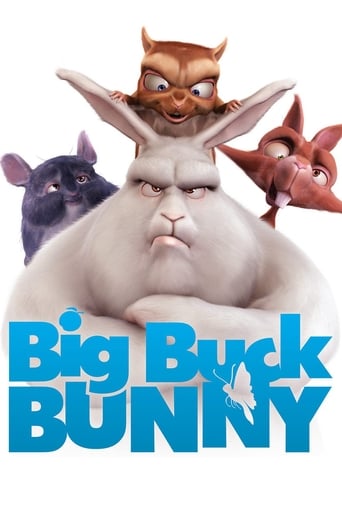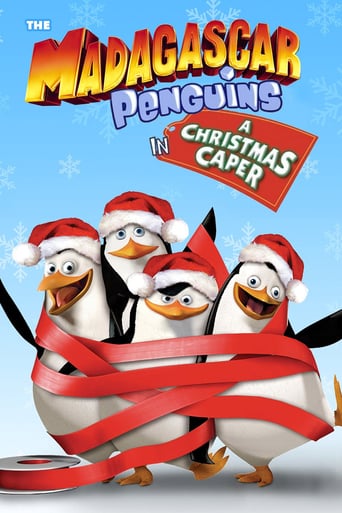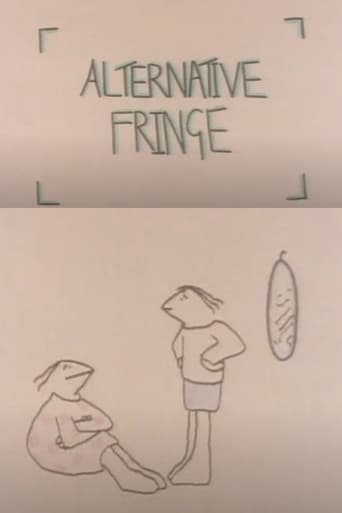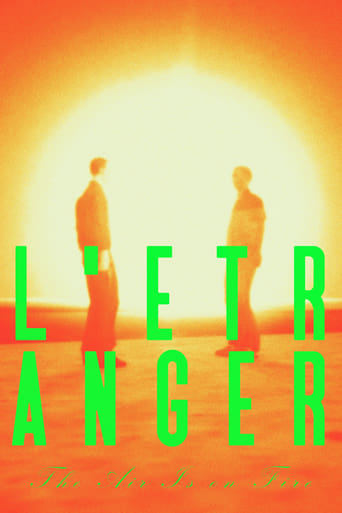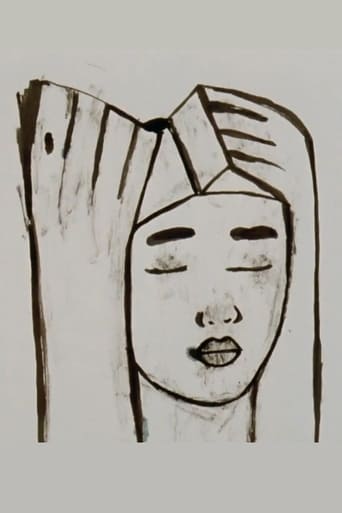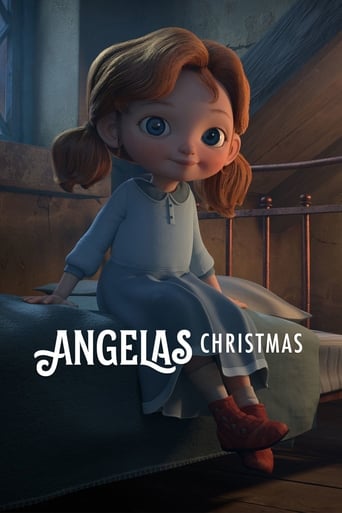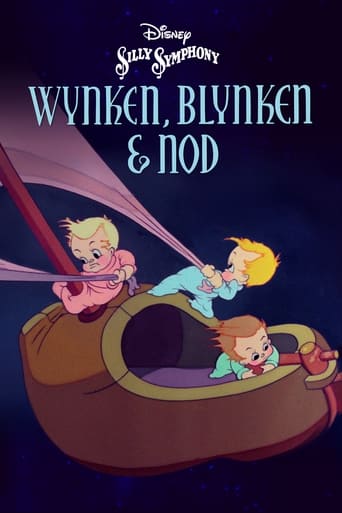
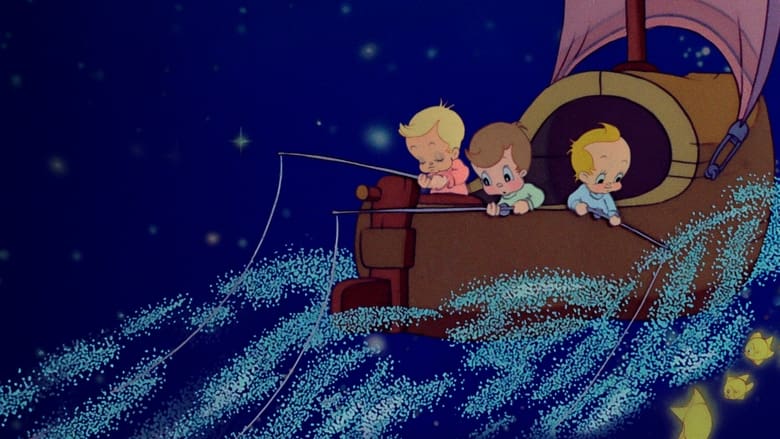
Wynken, Blynken & Nod (1938)
Three sleepy babies in a clog-boat sailing through the night sky attempt to fish with candy canes for very smart fish.
Watch Trailer
Cast


Similar titles
Reviews
You'd be surprised at the quality of animation in this 75-year-old short. The ugly, cherub-like, children aside, the detail featured in this adaptation of Eugene Field's poem is of the sort usually seen in bigger budget features.Three kids fly though space in their giant wooden shoe while fishing for stars (or fish-stars, rather). They eventually hook a comet and are dragged into a storm cloud and fall back down to Earth where it revealed to be all just a dream.It didn't work for Boxing Helena or Dallas, but I'll accept it here. It's not a particularly famous cartoon, though it still holds up in many aspects today.
Wynken, Blynken and Nod based on the classic poem, is a very relaxing and charming Silly Symphony. Forget the fact that it is a tad thin in terms of story, because everything else is so good.The animation is beautiful, the galactic background was truly stunning. Wynken, Blynken and Nod were absolutely adorable, forgive me for being a bit of a sentimentalist, but I wanted to reach into the television and give them a big hug. The beautiful title song brought some poignancy to the proceedings, and the incidental music throughout the entire short was just outstanding, with a real touch of classic romanticism. Overall, just beautiful. 10/10 Bethany Cox
WYNKEN, BLYNKEN AND NOD has the three sleepy boys sailing off in a wooden shoe into a blue sky floating on crystals while some background music gives some exposition with some vocalizing. It's the start of one of Disney's most appealing cartoons from the late '30s at a time when the studio was really getting a good grip on how to create cartoons that had depth, beauty and finely crafted animation. The multiplane camera, which would be used in most of their feature-length films over the next several years, gives fuller dimension to the lush art work.Pulling Nod from stumbling through a cloud is reminiscent of the stork doing the same to retrieve the sack holding DUMBO from sinking below the clouds. Most of the sight gags involve watching the boys attempt to fish while getting tangled up in their lines and getting resistance from the starfish surrounding their wooden boat. Finally, a friendly storm cloud huffs and puffs to send the wooden ship sailing to earth, whereby we see it returning safely home.Again, there are elements that were used in later Disney films--especially PETER PAN (with the boys flying home and overhead shots of the land below), and the animation for Wynken, Blynken and Nod will remind viewers of "the lost boys" from that Disney epic.An enjoyable treat for any Disney fan.
A Walt Disney SILLY SYMPHONY Cartoon Short.Three tiny boys, WYNKEN, BLYNKEN & NOD, set sail in a wooden shoe, off on a river of crystal light, into a sea of dew. They attempt to catch the little star fish swarming in the sky and encounter both a comet & a blustery storm before returning home.This cartoon, based on the classic Eugene Field poem, is a real dazzler. Disney made lavish use of its new multi-plane camera, which gave scenes of astonishing depth & beauty - most particularly to the opening sequence. Extremely expensive & complicated to use, Disney would subsequently use the camera primarily for the animation features. Notice also the colorful effects of the comet's passage.The SILLY SYMPHONIES, which Walt Disney produced for a ten year period beginning in 1929, are among the most interesting of series in the field of animation. Unlike the Mickey Mouse cartoons in which action was paramount, with the Symphonies the action was made to fit the music. There was little plot in the early Symphonies, which featured lively inanimate objects and anthropomorphic plants & animals, all moving frantically to the soundtrack. Gradually, however, the Symphonies became the school where Walt's animators learned to work with color and began to experiment with plot, characterization & photographic special effects. The pages of Fable & Fairy Tale, Myth & Mother Goose were all mined to provide story lines and even Hollywood's musicals & celebrities were effectively spoofed. It was from this rich soil that Disney's feature-length animation was to spring. In 1939, with SNOW WHITE successfully behind him and PINOCCHIO & FANTASIA on the near horizon, Walt phased out the SILLY SYMPHONIES; they had run their course & served their purpose.


